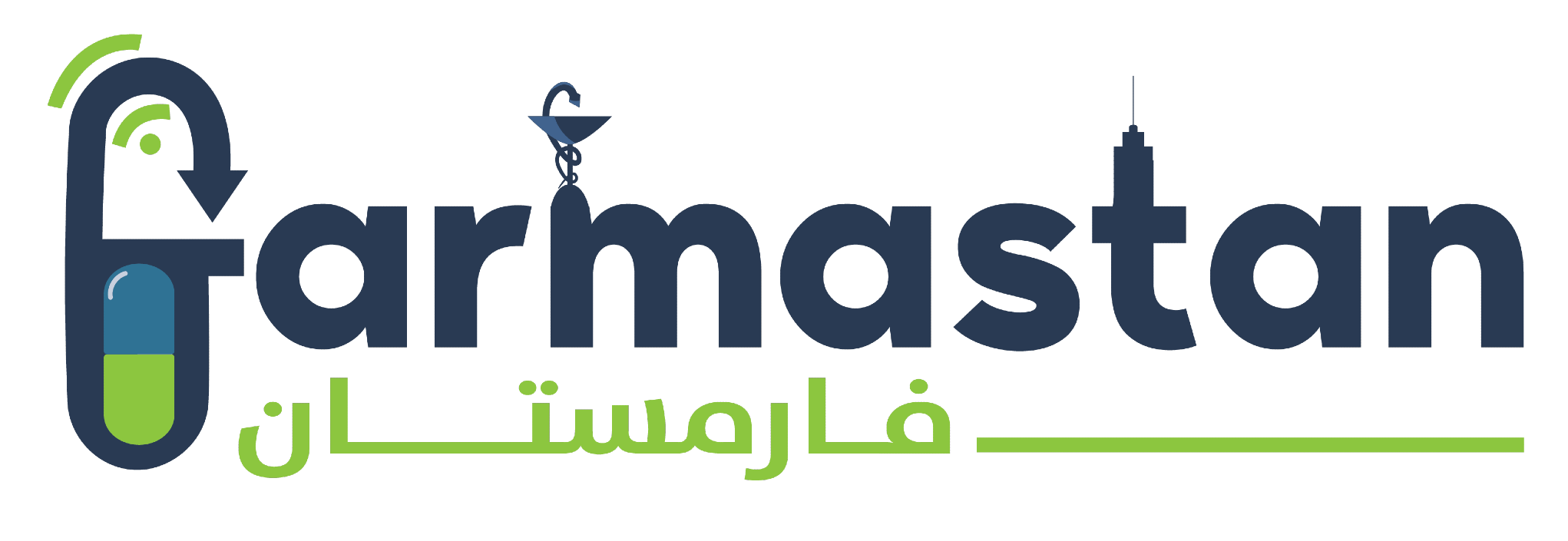HIV Pre Exposure Prophylaxis Is a Two Edged Sword
[ad_1]
Serendipity is a strange thing. The word means discovering something fortunate completely by accident, and when it comes to anti-HIV drugs, that may indeed be the case. An interesting discovery has been made as it pertains to anti-HIV drugs. According to several different studies, using them in healthy, non-HIV infected people has the unintended consequence of making them more resistant to HIV infection. It’s strange indeed, but many studies have found this to be the case. While this sounds like great news, it could be a double-edged sword.
Recall the case of Viagra, the little blue pill that provided millions of men with relief from sexual dysfunction. Viagra had the unintended consequence of also increasing the number of men who contracted sexually transmitted diseases, mainly due to the men taking Viagra becoming more sexually active with more people. The same scenario could be at play when it comes to anti-HIV drugs in healthy people. Giving these drugs to HIV-negative patients may give them a feeling of invincibility, as if they’re “immune” from contracting HIV. This could prompt them to engage in riskier sexual behaviors than they’re used to.
This scenario is called risk disinhibition. When the risk of something unfortunate happening becomes less likely, a person is more likely to engage in behavior that would normally result in that unfortunate event occurring. Furthermore, those who do contract HIV while taking anti-HIV drugs may develop drug-resistant viruses they could potentially pass on to other people. Clinical trials have shown that healthy people who take anti-HIV drugs like Truvada on a daily basis-a practice called pre exposure prophylaxis, or PrEP-can reduce the chance of infection up to 73%.
But what about risk disinhibition? Those same clinical trials discovered that those who were on the pre-exposure prophylaxis regimen were more likely to use condoms during their sexual activity, which provides a counterexample to the risk disinhibition hypothesis. These controlled environment tests have to be taken with a grain of salt in general, as anti-HIV drugs are still not widely available in developing countries. Pre-exposure prophylaxis is very expensive: hundreds of dollars per patient in developing countries, thousands of dollars in first-world nations. The higher risk populations of the world make such a strategy cost-ineffective. Poorer nations must decide whether they should give their already small supply of anti-HIV medication to those who need it the most or as a preventive measure to healthy individuals; it’s not a choice that many countries want to make, given the limited availability of anti-HIV medicine.
[ad_2]

يسعدنا زيارتكم صفحاتنا على مواقع التواصل الاجتماعي حيث نقوم بنشر عروض حصرية على موقعنا الالكتروني.
صفحتنا علي الفيسبوك هنا.
حسابنا على تويتر هنا



Leave a Reply
You must be logged in to post a comment.